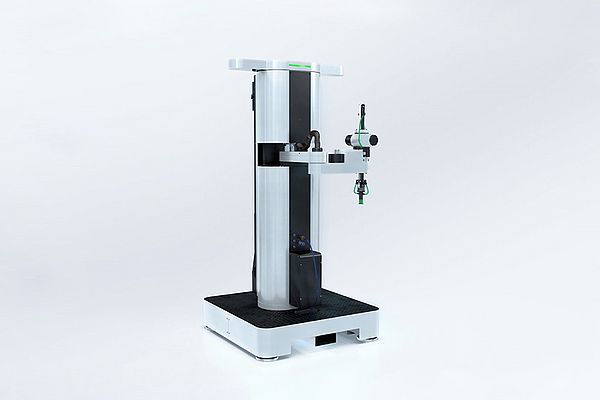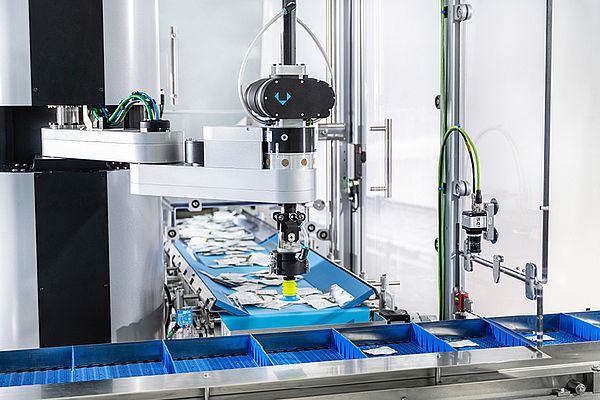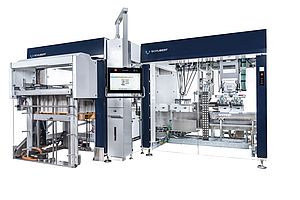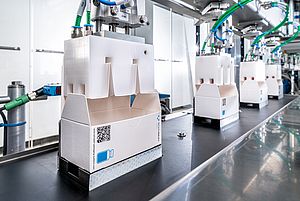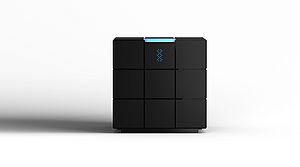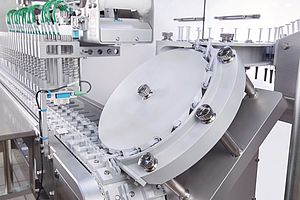Packaging machine manufacturer Schubert has developed especially a cobot for the requirements of packaging. The use of image processing with underlying artificial intelligence makes it extremely flexible and exceptionally easy to program.
With a long history in robot integration for the packaging industry, the new tog cobot for the first time will be able to automate simple manual processes outside of the highly efficient machine sequences and can be adapted to new tasks very quickly without requiring any programming knowledge. Ralf Schubert, Managing Partner of Gerhard Schubert GmbH, describes the rationale: “We developed the tog.519 for pick & place applications with lightweight products, where previous cobots would be out of their depth.” The tog simplifies and accelerates packaging processes even further: “With one of our cobots, manufacturers will be able to react much more flexibly in the future to changing market situations and requirements.”
Fast and user-friendly
A high working speed and remarkably simple operation are essential to deliver this extraordinary flexibility. To ensure highest speed throughout the process the manufacturer recommends using a protective cell when space is limited. However, the cobot also offers the ability to operate without a protective cell while maintaining a high level of safety. When operating as a free-standing robot, the Schubert cobot does not work directly together with humans (collaborative). But it does work in an environment with them. Such cobots are referred to as cooperative or coexistent and call for a very different safety concept. When approached by employees, it gradually reduces its speed until it comes to a complete standstill. It is only through the vision system that the fast cycle rate is possible when reaching into disorder or for the simple adaptation to new tasks.
Artificial intelligence
The prerequisites here are provided by a neural network with artificial intelligence (AI) developed in-house by Schubert, which precisely matches specific industry requirements in terms of safety, speed and programming. To program a specific product, the network is trained using product photos in the Schubert Cloud and then loaded onto the cobot as a format. To reliably recognise new products, the AI only needs a handful of images and three days’ time. In the future the customers will be able to create new formats and products themselves without being experienced in image processing or programming.
The tog.519 is the first of a whole family of cobots that will follow in the coming years. Key areas of application for the new products will be in the food sector, as well as in cosmetics and pharmaceuticals. In other words, wherever lightweight products have to be fed very quickly into a system. High volumes can also be processed in kit assembly, where different products need to be combined into a single kit, or in product finishing.


